Triumph & Tragedy: Matsumoto’s ‘Higher School’
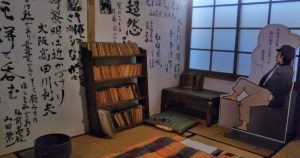
With the dawn of the Meiji Restoration in 1868 came the end of Japan’s long-standing isolationist policies. Ports were opened, trade advanced faster than a young salaryman’s fatigue, and Japan developed a serious appetite for schmoozing with the western world.
To feed their hunger for the ideas and advancements of the west, Japan established a network of Imperial universities. Students were exposed to western culture, thought and philosophy, with courses conducted in foreign languages, and became immersed in western academic and scientific research. To prepare students for such a novel learning environment, special preparatory ‘Higher Schools’ were established. These schools would nurture some of the brightest Japanese minds to ever walk onto the world’s stage.
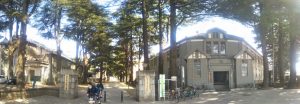
These Higher Schools were a cut above the typical high schools of the time. Students lived together in dormitories and were encouraged to explore their interests and express their individualism. The effectiveness of such an education became indisputable as this network of forty-one schools produced an inordinate number of leaders in a variety of fields.
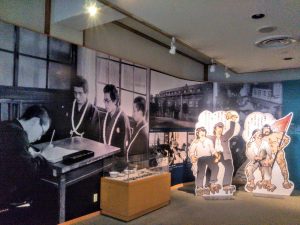
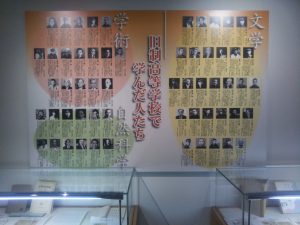
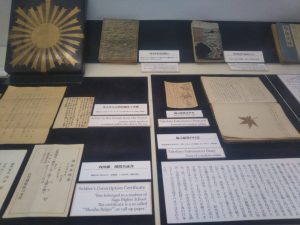
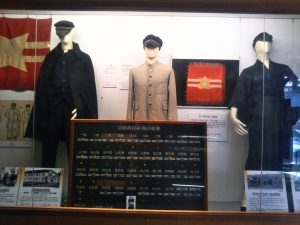
So why is this a tragedy? Because after World War II Japan inexplicably decided to abolish these schools in favor of an education model much closer to today’s system, designed chiefly to crank out generations of fatigued salarymen.
Yesterday’s School, Today’s Museum
Matsumoto’s Higher School was established in 1919, its campus covering the entirety of Agata-no-mori Park. The original school building remains, along with the event hall building on the other side of the cedar-lined center walkway. Sadly, in a fit of short-sightedness, the dormitories and all the rest of the structures on campus were torn down. To salvage what remnants of this great system of schools still existed, the Matsumoto Old Higher School Museum was established, with relics, treasures and photographs from the repositories of higher schools from all over the country.
The pale green school building is open for perusing. The architecture, inside and out, remains as it was when it served as one of the best preparatory schools in Japan.
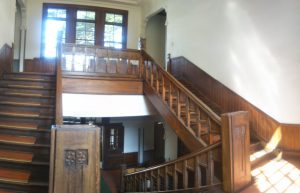
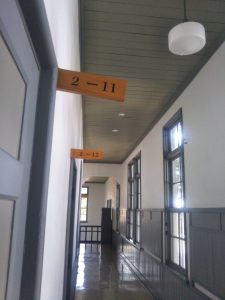
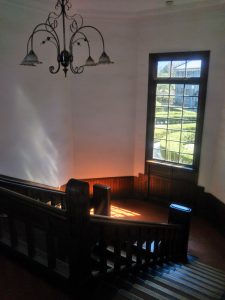
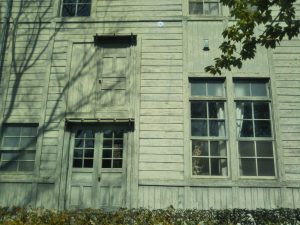
Most of this building is now used for community purposes, with a library on one side of the first floor. There are a couple of rooms, however – a classroom and the principal’s office – that retain the furniture and the feel of the era. Check them out free of charge.
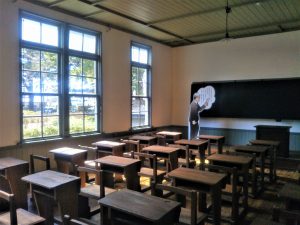
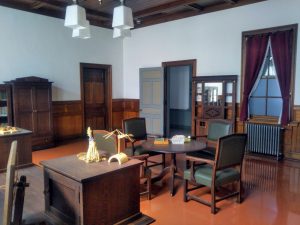
The Museum proper is housed in the brick building adjacent to the school building. The entrance fee of \310 is a decidedly small price to pay for the trip back in time the place offers.
The walls of the stairwell leading to the second floor are decorated with replicas of postcards designed by the students commemorating life at the school. Check out the short English explanation on the wall.

Going up to the second floor you’ll see examples of the graffiti left on the walls by the students. Not that destruction of property was an established aspect of life in the dormitories, but as the students were encouraged to adopt their own style of thought and develop their own personalities (yes, this kind of learning environment has definitely been abolished in Japan), such means of expression were rather condoned.
While little of the explanations offered are in English, it is possible enough to get a sense of how the students here at the Matsumoto Higher School spent thier time, both in and out of the classroom.
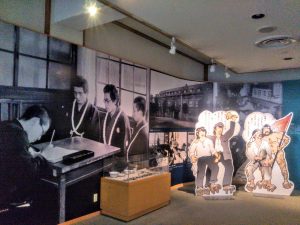
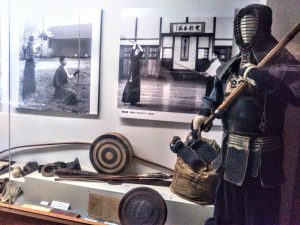
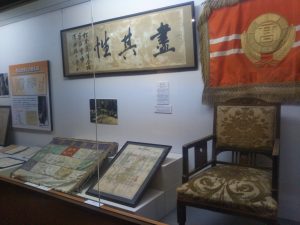
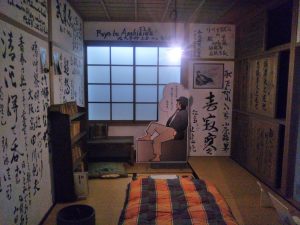
Check out the model of what campus looked like during the school’s three decades of operation.
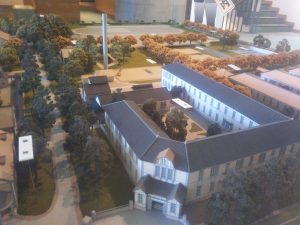
And note the years embroidered on the flag given to the champions of the higher schools’ annual athletic competition. No competition was held during World War II, and the year after 1939 is ‘2600’, as a reference to the traditionally-held founding of the country of Japan and the rise of the first emperor, Tenmu, in 660 BC.
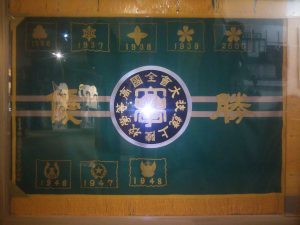
Opposite the school and museum stands the building housing the event hall and a few additional facilities. While generally not open to the public (for now) events are still held quite regularly, so you may have a chance to slip inside and sneak a peek.
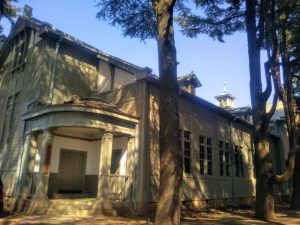
The Museum – and in turn the old school building – is open daily from 9am to 5pm, closed on Mondays and the few days straddling the New Year. Coupled with attractive and expansive Agata-no-mori Park, the Old Higher School Museum is a great place to spend a few hours of your time here in Matsumoto.